In running the R code posted at the bottom, I derive a forecast for the next 10 periods at the 80% and 95% confidence levels, using forecast() function from the fable package and running 1000 simulation sample paths, as illustrated here:
The resulting fable object looks like this, in the R Studio console:

I'd like to access the simulation paths from the above Fable object so I can plot a distribution of forecasts for example at period 20, as conceptually shown in the example in the below. Any ideas how to do this?

Code:
library(feasts)
library(fable)
library(fabletools)
library(ggplot2)
library(tsibble)
tmp <- data.frame(
Month = c(1,2,3,4,5,6,7,8,9,10),
StateX = c(1527,1297,933,832,701,488,424,353,302,280)
) %>%
as_tsibble(index = Month)
fit <- tmp %>% model(NAIVE(StateX))
fc <- fit %>% forecast(h = 10, bootstrap = TRUE, times = 1000)
autoplot(fc, tmp) +
labs(title="Transitions to Dead State X", y="Units" )
